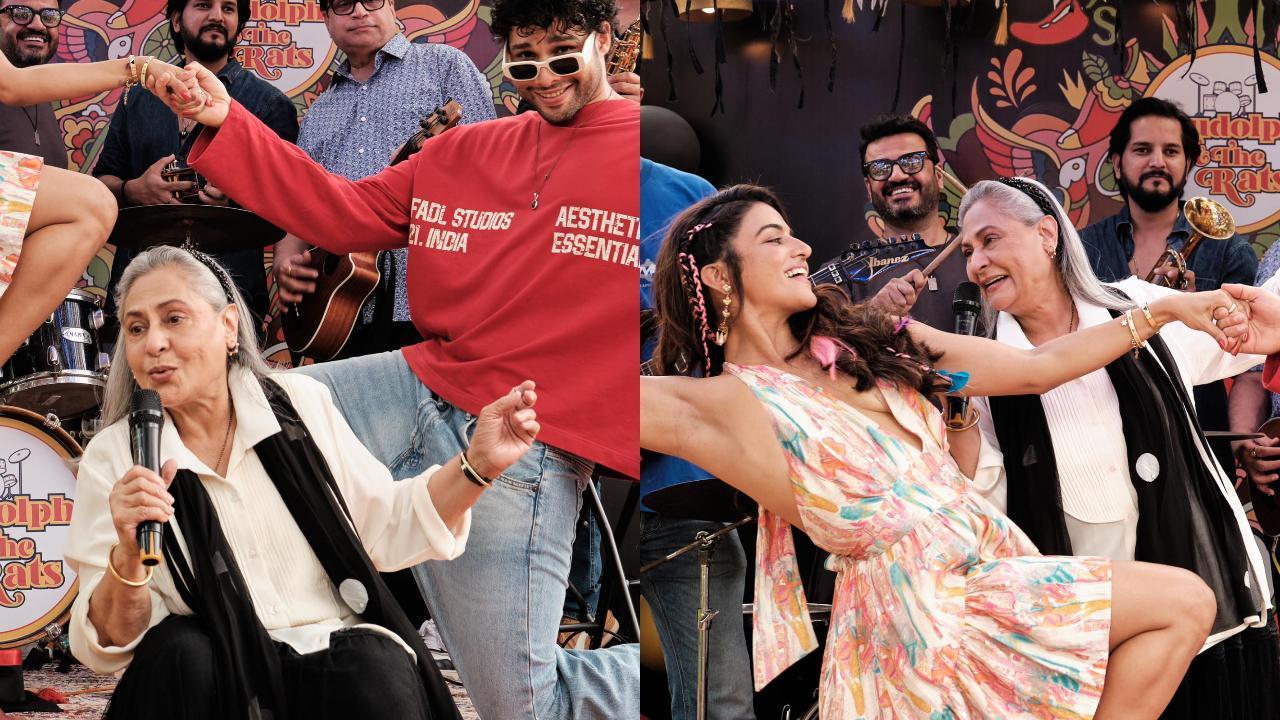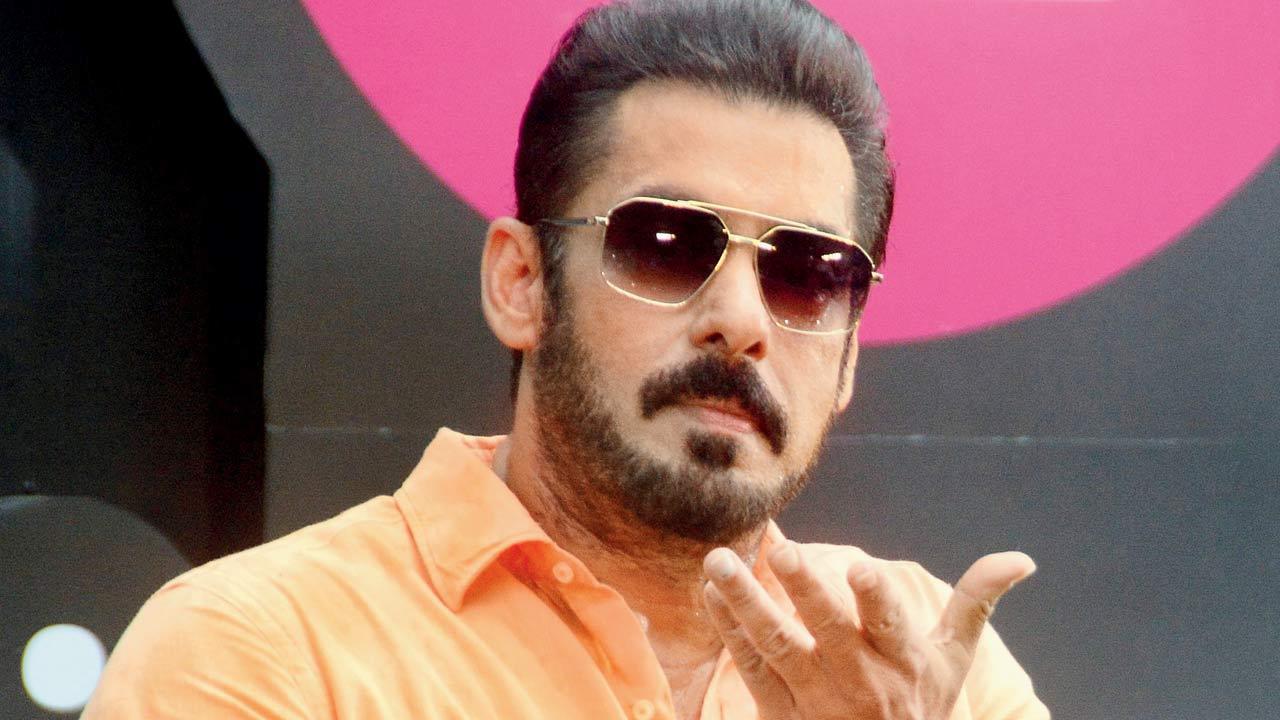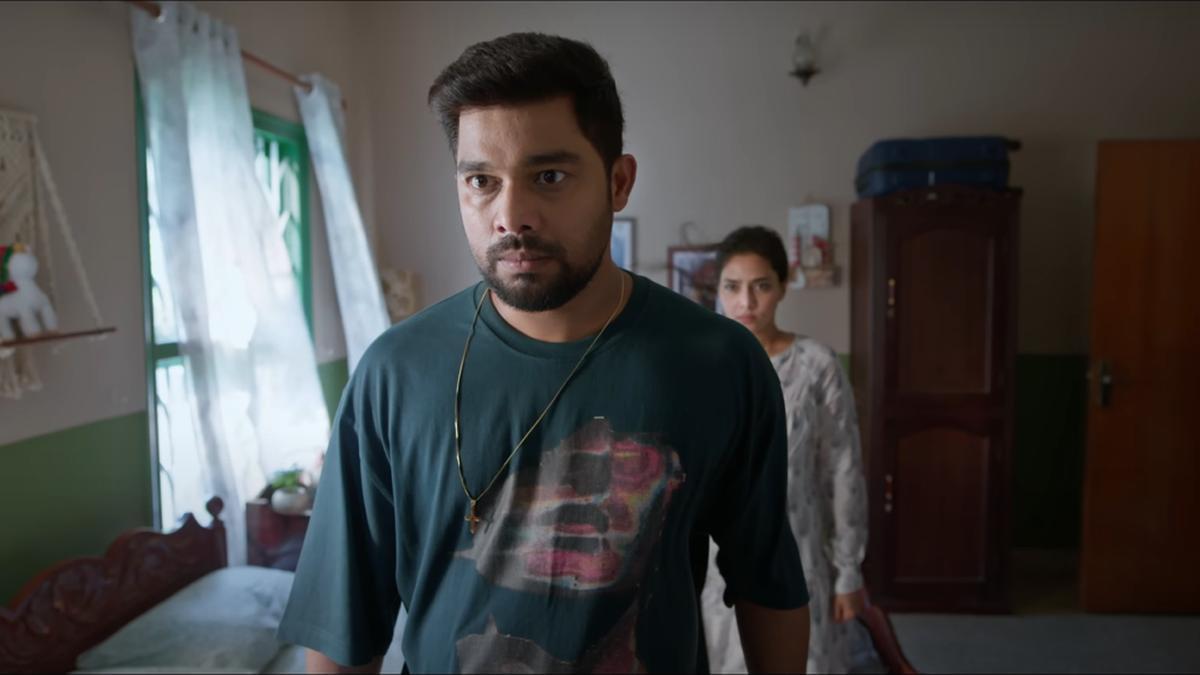
A wave of sorrow has coursed through the music world as the mellifluous Pankaj Udhas, who comforted many a broken heart with his soulful renditions, passed away after a prolonged illness at the age of 72 in Mumbai on February 26. The late 1970s and early 80s were a period marked by the dominance of the ‘angry young man’ in Indian cinema, which seemed to eclipse the era’s musical landscape. However, it was during this time that Udhas emerged, in the wake of ghazal greats like Mehdi Hasan and Jagjit Singh, carrying the torch that illuminated the genre’s appeal to a younger generation.
Pankaj Udhas took a genre steeped in classical tradition and Persianized Urdu and transformed it, rendering its passionate woes in simpler verse and more accessible melodies. His music struck a chord with the youth, bringing the romantic and nostalgic nuances of ghazal to the forefront through hits like “Deewaron Se Milkar Rona Achcha Lagta Hai”. He modernized the orchestration, breathing new life into the form and making it resonant amongst a demographic that was, till then, untouched by this musical style. His riffs, youthful and innovative, are exemplified in works like “Mohe Aai Na Jag Se Laaj”.
For many who came of age during this transition, the image of a suave Udhas, harmonium in hand, crooning gently into the microphone words like “Aur Ahista Kijiye Baatein” is indelibly imprinted. He stood as a cultural icon during an era when television shows such as ‘Chitrahar’ were being replaced by music videos, and a burgeoning middle class started filling the seats at traditional ghazal concerts.
Udhas etched his name into the annals of music history with the song “Chitthi Aayi Hai” from the film ‘Naam’ (1986). This Laxmikant Pyarelal composition, with poignant lyrics penned by Anand Bakshi, resonated deeply with the Indian diaspora, capturing the universal experience of longing and separation in the hearts of migrants. The song’s enduring appeal transcended technological evolution from handwritten letters to digital communication, still drawing an emotional response year after year, a testament to the power and emotiveness of Udhas’ performance.
His acclaim wasn’t limited to a singular hit. “Purab Na Jaiyo” and “Chandi Jaisa Rang Hai Tera” are among other memorable numbers that showcased his ability to blend classical sophistication with mass appeal. He also teamed up with Anuradha Paudwal for the steamy “Aaj Phir Tumpe Pyar Aaya Hai” and evoked pathos in “Jeeye To Jeeyen Kaise”. His versatility shone through in the vibrant “Na Kajre Ki Dhaar”, further solidifying his standing not only among connoisseurs but reaching the everyday person, the strummer of heartstrings in the common man.
Born into a family of landlords in Charkhadi, Rajkot, Udhas was steeped in music from a young age, largely owing to his father’s interest in playing the rabab. Initially a tabla player, he eventually shifted to the classical genre under the tutelage of Ustad Ghulam Qadir Khan. The family’s relocation to Mumbai opened doors to further learning with Navrang Nagpurkar, tutor to none other than Asha Bhosle. Following in the footsteps of his established brothers, Manhar and Nirmal, Udhas entered the world of playback singing but soon found his niche—and resounding success—in non-film ghazals with albums like ‘Aahat’, ‘Muqarrar’, ‘Tarannum’, and ‘Mehfil’.
Udhas often themed his ghazals around metaphors such as ‘paimana’ (flagon) and ‘maikada’ (tavern), leading to ambivalent criticism. Yet, he maintained their Sufi poetic basis, insisting they were expressions of divine intoxication. Regardless, these songs, from “Ek Taraf Uska Ghar” to “Sharab Cheez Hi Aisi Hai”, became concert staples, though they also aligned with the imageries that music companies capitalized on with album titles like ‘Nasha’, ‘Paimana’, and ‘Madhosh’.
Renowned internationally, Pankaj Udhas remained a sought-after artist for overseas concerts, having performed in esteemed venues such as the Royal Albert Hall in London and Madison Square Garden in New York. His deep connection with the expatriate community extended beyond geographical boundaries, ensuring that even as Hindi cinema evolved away from the ghazal form, Udhas’ artistry continued to draw ardent audiences.
As the music industry mourns, the legacy of Pankaj Udhas—ted with the Padma Shri for his contributions—endures, underscored by the strains of his voice that continue to reverberate in the memories and playlists of those who found solace, understanding, and romance in his timeless ghazals.










